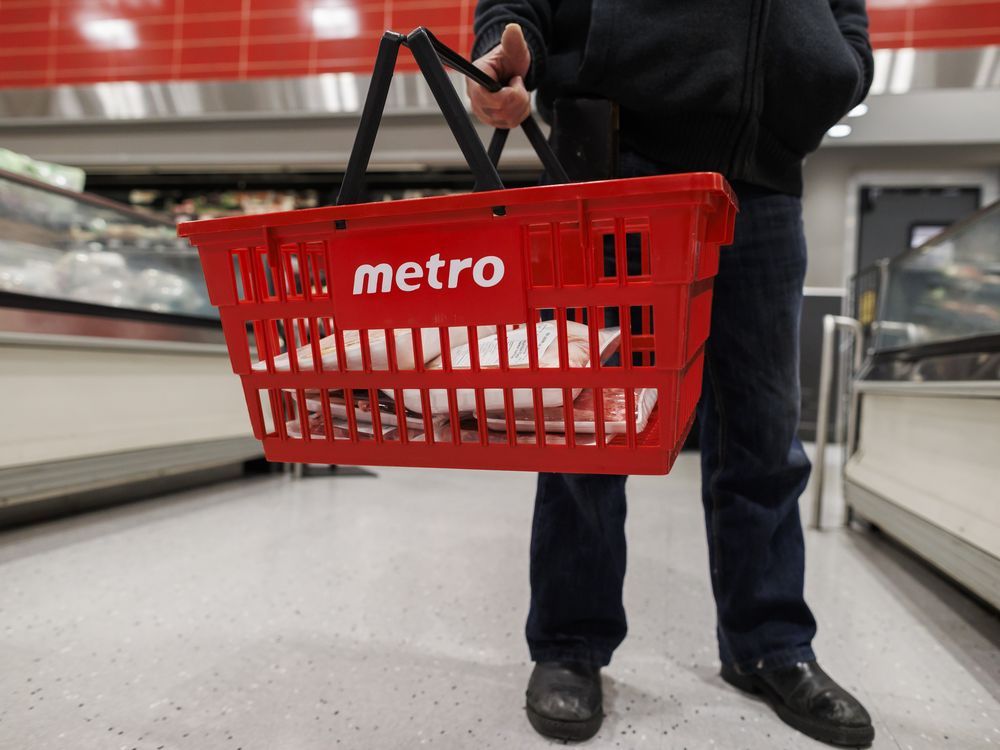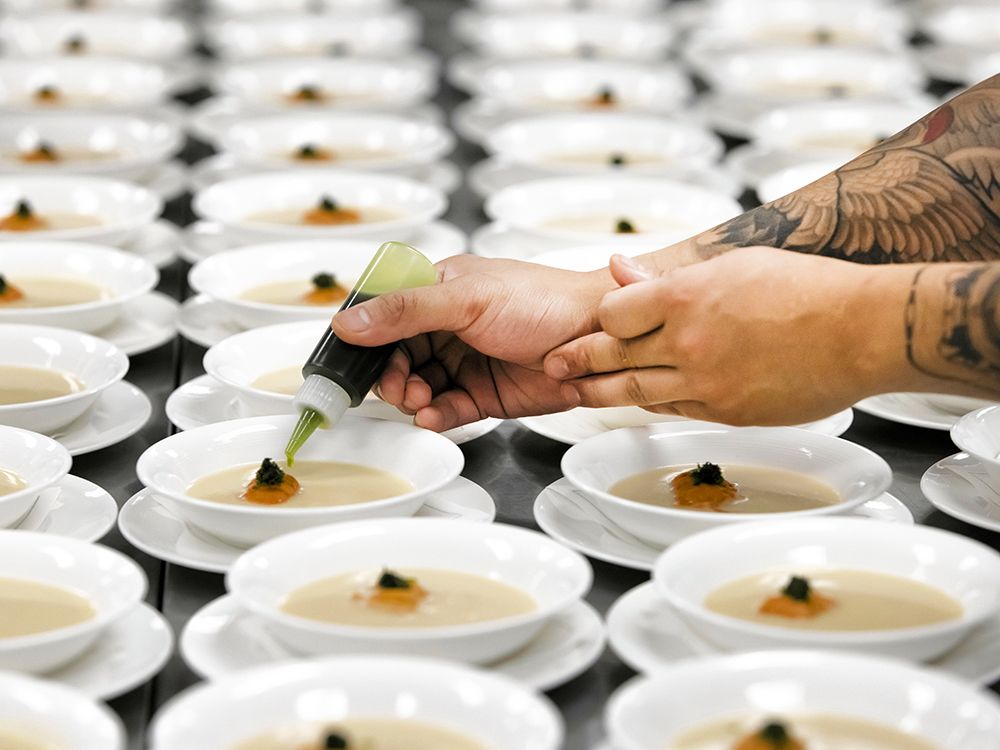Published Oct 21, 2024 • Last updated 0 minutes ago • 3 minute read

Sorry beef lovers. Beef prices are likely to remain high until mid- to late 2025, possibly even longer.
Advertisement 2
THIS CONTENT IS RESERVED FOR SUBSCRIBERS ONLY
Subscribe now to read the latest news in your city and across Canada.
- Unlimited online access to articles from across Canada with one account.
- Get exclusive access to the Toronto Sun ePaper, an electronic replica of the print edition that you can share, download and comment on.
- Enjoy insights and behind-the-scenes analysis from our award-winning journalists.
- Support local journalists and the next generation of journalists.
- Daily puzzles including the New York Times Crossword.
SUBSCRIBE TO UNLOCK MORE ARTICLES
Subscribe now to read the latest news in your city and across Canada.
- Unlimited online access to articles from across Canada with one account.
- Get exclusive access to the Toronto Sun ePaper, an electronic replica of the print edition that you can share, download and comment on.
- Enjoy insights and behind-the-scenes analysis from our award-winning journalists.
- Support local journalists and the next generation of journalists.
- Daily puzzles including the New York Times Crossword.
REGISTER / SIGN IN TO UNLOCK MORE ARTICLES
Create an account or sign in to continue with your reading experience.
- Access articles from across Canada with one account.
- Share your thoughts and join the conversation in the comments.
- Enjoy additional articles per month.
- Get email updates from your favourite authors.
THIS ARTICLE IS FREE TO READ REGISTER TO UNLOCK.
Create an account or sign in to continue with your reading experience.
- Access articles from across Canada with one account
- Share your thoughts and join the conversation in the comments
- Enjoy additional articles per month
- Get email updates from your favourite authors
Article content
Droughts in North America have forced many cattle producers to reduce their herds, resulting in tighter supplies. Higher food costs, elevated interest rates — crucial for the capital-intensive cattle industry — and downsizing herds have collectively pushed prices to record levels. As many producers exit the industry, the reduction in supply exacerbates the situation. For cattle producers, these high prices are welcome, but for consumers, the story is quite different.
Beef has been a major driver of food inflation in recent months, outpacing general inflation. According to Statistics Canada, the price of beef stewing cuts has increased by 19% in the last year, while beef rib cuts surged by 26%. Even ground beef, often considered the most affordable beef option, has seen a 15% hike in price over the past year. These price increases build upon multiple price hikes in recent years. Given current trends, farmgate beef prices could continue climbing until mid-2025, breaking new records, which will prolong the upward pressure on retail prices.
By signing up you consent to receive the above newsletter from Postmedia Network Inc.
Article content
Advertisement 3
Article content
Recommended from Editorial
-

CHARLEBOIS: Canadian dairy farmers are dumping billions of litres of milk
-

CHARLEBOIS: The Halloween candy crunch of 2024
Unless you have a direct connection with a rancher or luck into some exceptional deals, consumers should prepare to pay significantly more for their beef purchases. Within the broader meat category, beef isn’t the only protein facing challenges–pork and chicken prices are also on the rise. The hog market has experienced similar upward pressure, which could lead to more expensive pork chops, ham, and bacon.
The situation is no different in the United States. A pound of ground beef is now at $5.67, a record high and an increase of 43% since January 2021. Beef, long considered a luxury protein, is now facing price points that could severely dampen demand for an extended period. While meat sales as a category fell 3% in the latest quarter, according to NIQ, the paradox is that American consumers are still purchasing beef, albeit at a steep cost.
Advertisement 4
Article content
We’ve seen this before. In 2015, beef prices at retail surged nearly 30% within a few weeks, driven by drought-induced cattle sell-offs.
Consumers retreated from the beef category, and sales never fully recovered. The current situation, however, could be even worse. As of July 1, Canada’s cattle herd was the smallest since 1987, despite the country having 15 million more people now. The U.S. is experiencing an even more pronounced decline, with the smallest cattle inventory since 1951.
RECOMMENDED VIDEO
We apologize, but this video has failed to load.
At some point, producers may attempt to rebuild their herds to take advantage of high prices, but this won’t happen overnight. Economic uncertainty, including fluctuating interest rates and the upcoming U.S. election, may cause the industry to delay any significant expansion.
Advertisement 5
Article content
Looking ahead, consumers should expect to see elevated beef prices through 2025 and into 2026. This trend is likely to hold, whether it’s barbecue season or not. The beef industry faces a tough challenge in maintaining consumer interest amidst these high prices. Back in 2015, the surge in prices led to the closure of many butcher shops as consumers adopted more frugal approaches to buying animal protein.
As history has shown, when prices spook consumers, new habits form. This shift could have long-lasting consequences for sectors like beef, which are key to North America’s agricultural economy. Keeping consumers engaged in the face of these price pressures will be a challenge, one that the industry must tackle head-on.
— Charlebois is the director of the Agri-Food Analytics Lab at Dalhousie University and co-host of The Food Professor Podcast.
Article content
.png)
 2 hours ago
6
2 hours ago
6




































 Bengali (BD) ·
Bengali (BD) ·  English (US) ·
English (US) ·